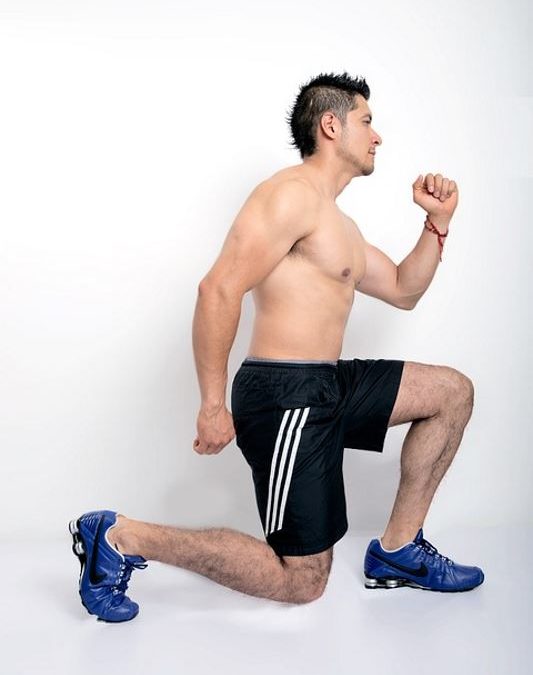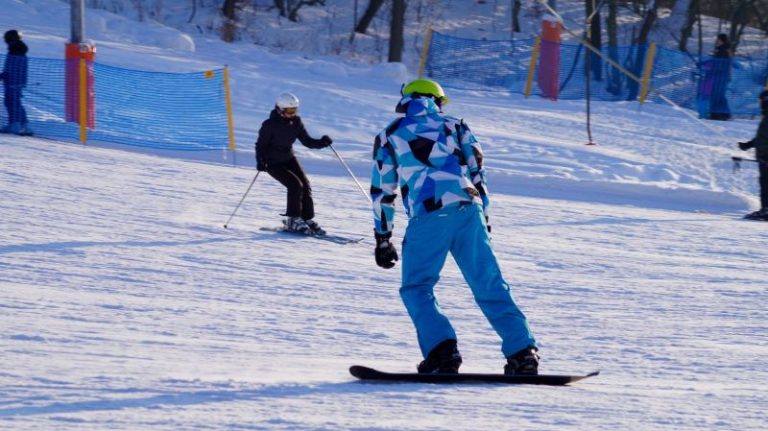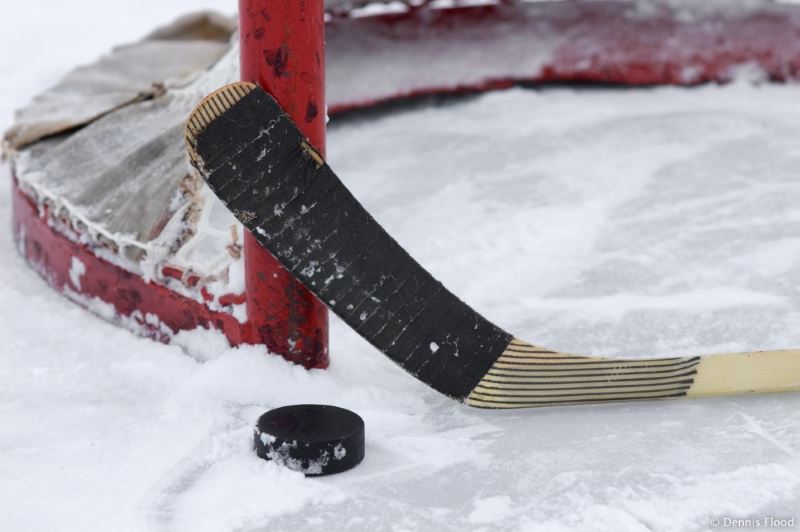Sports
On February 2, the groundhog told us that spring will arrive soon. But don’t fear – the sledding days are not yet over. If you are looking to maximize your snowmobiling adventures or to try the activity for the first time before the snow disappears, then this is for you.
Like any other activity, it is important to understand the risks and how to prevent injury. In this case I’m not talking about injuries from accidents, although that is still very important to take precautions to avoid. My focus is instead on the aches and pains you may experience throughout your body.
Snowmobiles have come a long way from the original 20 ton machine that was first designed for log hauling, with most modern machines weighing over 500 lbs and able to reach speeds of 110 mph (Heisler 2010). With prolonged time on the machine you are exposed to awkward positions for your upper body, long periods of sitting with a forward bent posture, and vibration stresses. Not to mention the heavy lifting, pulling, and pushing when you need to get out of a jam. Common aches and pains from riding are the low back, neck, shoulder and the occurrence of white-finger syndrome (Heisler 2010).
I’m not suggesting you quit your sport! There are certain factors that can be modified to prevent you from injury, and to keep you more comfortable.
A factor to the aches and strains is the ergonomics of a snowmobile. One of the most important parts to adjust is the steering bar (Rehn et al. 2005). Ideally it should be close enough to your body and have the grips oriented in a way so that your wrists aren’t bent, your shoulders aren’t hiked up and you do not have to reach so far forward. This will put you in a more comfortable posture for your upper limbs and your lower back, as well as lowering the grip force you need to use. Specific positions are to have your wrists neutral, elbows bent 60-70 degrees and if you have a seat back, for it to be tilted back 45 degrees (Heisler 2010). Grips should ideally be about 1.5” in diameter to lessen the grip strength required to steer (Heisler 2010). When looking at buying a snowmobile, also consider its seat suspension. Whole-body vibration, which will occur even on groomed trails, puts the discs in your back at risk for injury (Bovenzi and Hulshof 1999).
There are other factors to consider beyond just the ergonomics of your sled. Here are things you can do to prevent injuries:
Avoid sitting too long in poor posture: When you sit, you lose the normal curve in your low back. This is made worse by bending forward. The posture in combination with the machine’s vibration puts the discs at risk of injury. When possible, alter how you sit so that you back isn’t arched so much.
Wear appropriately warm mitts: Vibration of the upper limb, along with cold exposure, can contribute to the occurrence of “white-finger syndrome” which increases the chances of frostbite. It will also affect your ability to grip properly (Heisler 2010). To minimize this risk, stay warm!
Keep strong: Think of sledding as you would another sport – one that requires strength and endurance. Keep your body fit, and flexible, during the week to prepare you for the weekend adventures.
Listen to your body: If you’re getting fatigued, it’s time for a break. That is when you have a greater chance of adopting poor postures, or hurting yourself with the sudden jolts and turns.
And of course, listen to your body if you’re experiencing pain. Delayed onset of muscle soreness, DOMS, has been reported to last about 1-3 days after snowmobiling (Heisler 2010), but if it extends beyond that, or if you’re finding you’re getting weak (a loss of grip strength is commonly reported) – seek out care from a health professional.
Enjoy the rest of the sledding season, have fun, and stay injury-free!
Shoulders
It’s well known that pain in your neck, radiating down the arm can be a result of an irritated nerve root in your neck. What’s often overlooked, is that compression can occur further down the nerve continuum as they bundle together and exit the neck. These nerve bundles are partnered with major blood vessels as they travel through the shoulder and further into the upper arm. As they exit the neck, these neurovascular structures become susceptible to compression. Knowing this, we now consider the possibility of compression of not just the nerves, but the blood vessels too.
Thoracic Outlet Syndrome (TOS) is a complex presentation of signs and symptoms that result from compression of the neurovascular bundle as it emerges from the thorax and enters the upper limb. The thoracic outlet is the space bordered by the scalene muscles, first rib, and clavicle. The neurovascular structures pass from the neck and thorax into the axilla (arm pit region), and continue to branch further into the upper arm, to forearm, and hand. TOS is more common in women, particularly those with poor muscular development, poor posture, or both.
In the office, we assess and diagnose injuries related to repetitive upper extremity use or trauma. Swimming, baseball, tennis, and volleyball, are common sports that may bring on symptoms of TOS. Functional and biomechanical assessment of these patients who engage in repetitive and extreme abduction (out to side) and external rotation (outward rotation) of the shoulder, often demonstrate TOS signs and symptoms. Other patient populations who may develop TOS include those who are in sustained poor postures in their activities of daily living and work, and tend to develop shortened chest and shoulder structures, and weak/lengthened neck and upper back structures.
Anatomically, TOS can be a result of bony and soft tissue factors. Bony causes often involve rudimentary or “extra” ribs which increases the risk of compression, e.g. cervical rib. Soft tissue factors can include muscular tightness or hypertrophy related to sport. Trauma or mechanical stress to the neck, shoulders, upper back, or upper extremities can bring on signs and symptoms.
The common presentation of TOS includes a high degree of variability. Most people describe a vague and often confusing source. Pain can originate from the root of the neck and radiate to the entire arm. Strength loss can occur. Depending on the structures being compressed, people can also experience numbness, swelling, tingling in the arm and hand, heaviness in the arm, loss of movement, rapid fatigue, dull aching, cold and discolouration.
Our challenge as physical therapists is to distinguish by specific testing, whether or not you present with a true TOS. From the comprehensive list of signs and symptoms above, we can easily see how TOS can mimic neck injury (disc, nerve root pain), and even shoulder and elbow injury.
Physical therapy treatment addresses postural abnormalities and muscle imbalance, in order to assist in alleviating symptoms by relieving pressure on the thoracic outlet. We work to minimize tension directly around the nerve entrapment points. Manual therapy and exercise strategies would assist in correcting muscles that have shortened or lengthened because of poor posture. It is also important to take into consideration a patient’s activities of daily living, work environment, sleep positions, etc. Surgical intervention is often considered in severe cases of blood vessel compression and compromise.
Symptoms often resolve with conservative physical therapy in 90% of individuals, with good ability to return to previous lifestyle with little difficulty.
Vince Cunanan is a registered physiotherapist and associate at Sun City Physiotherapy. He can be contacted at our Downtown St. Paul Street location or email downtown@suncityphysiotherapy.com




